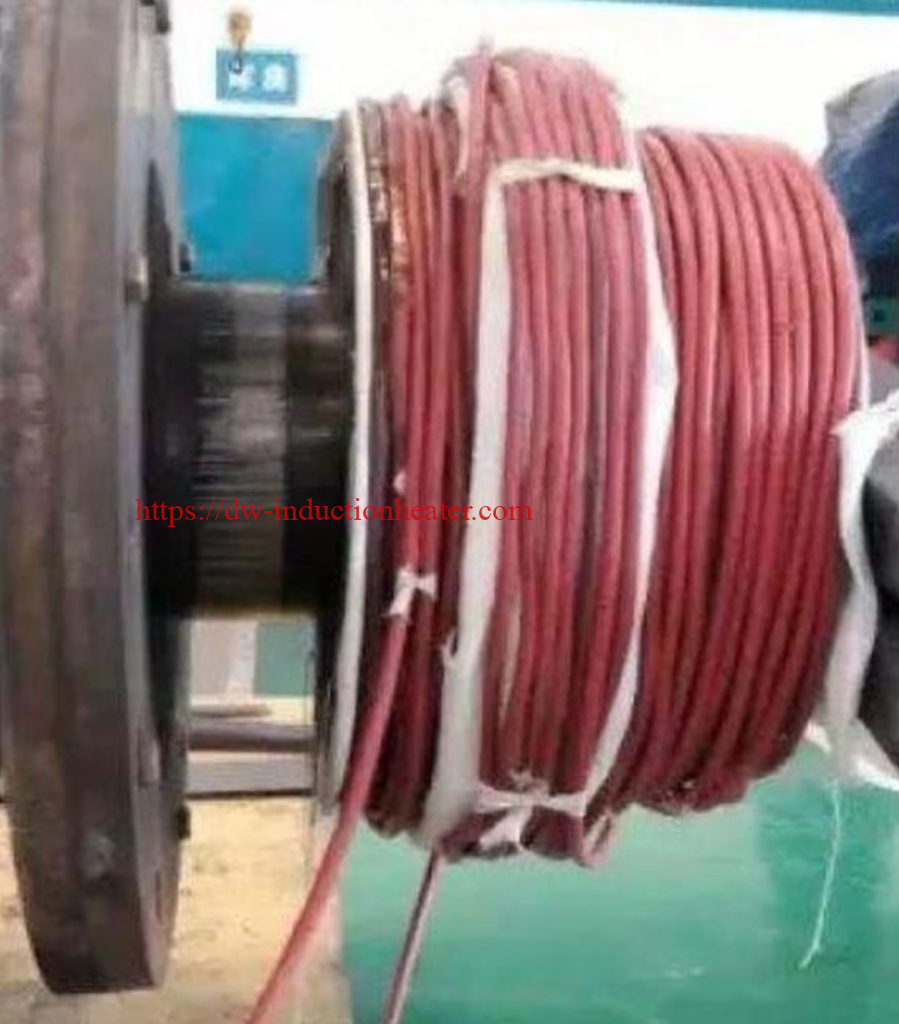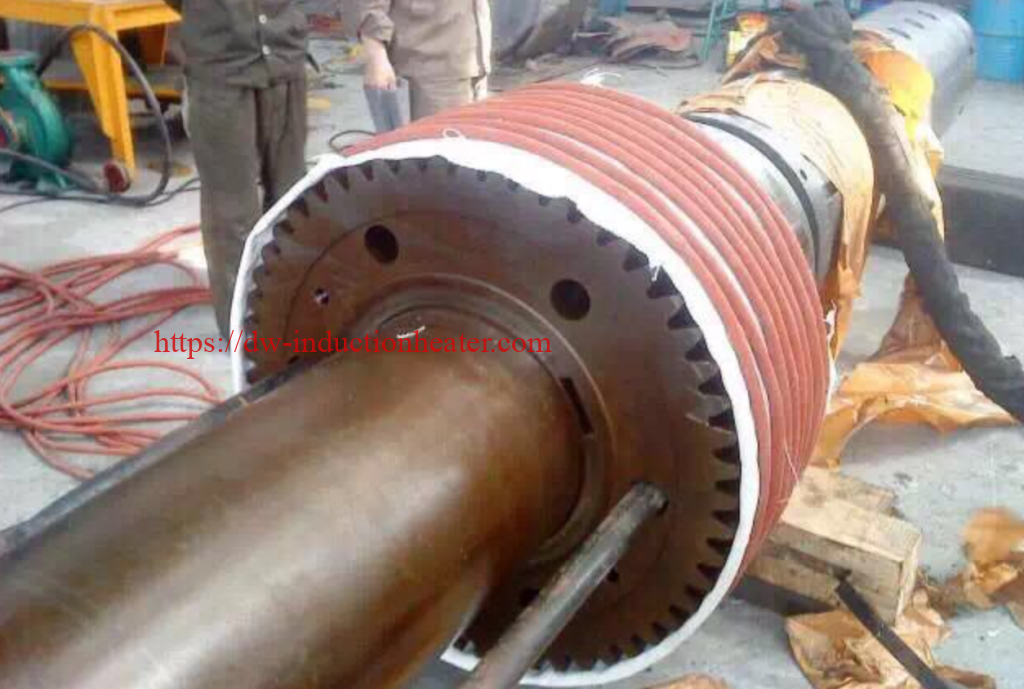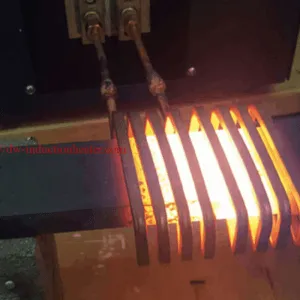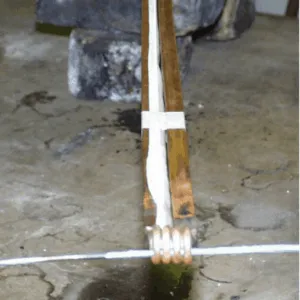-
1/7

-
2/7
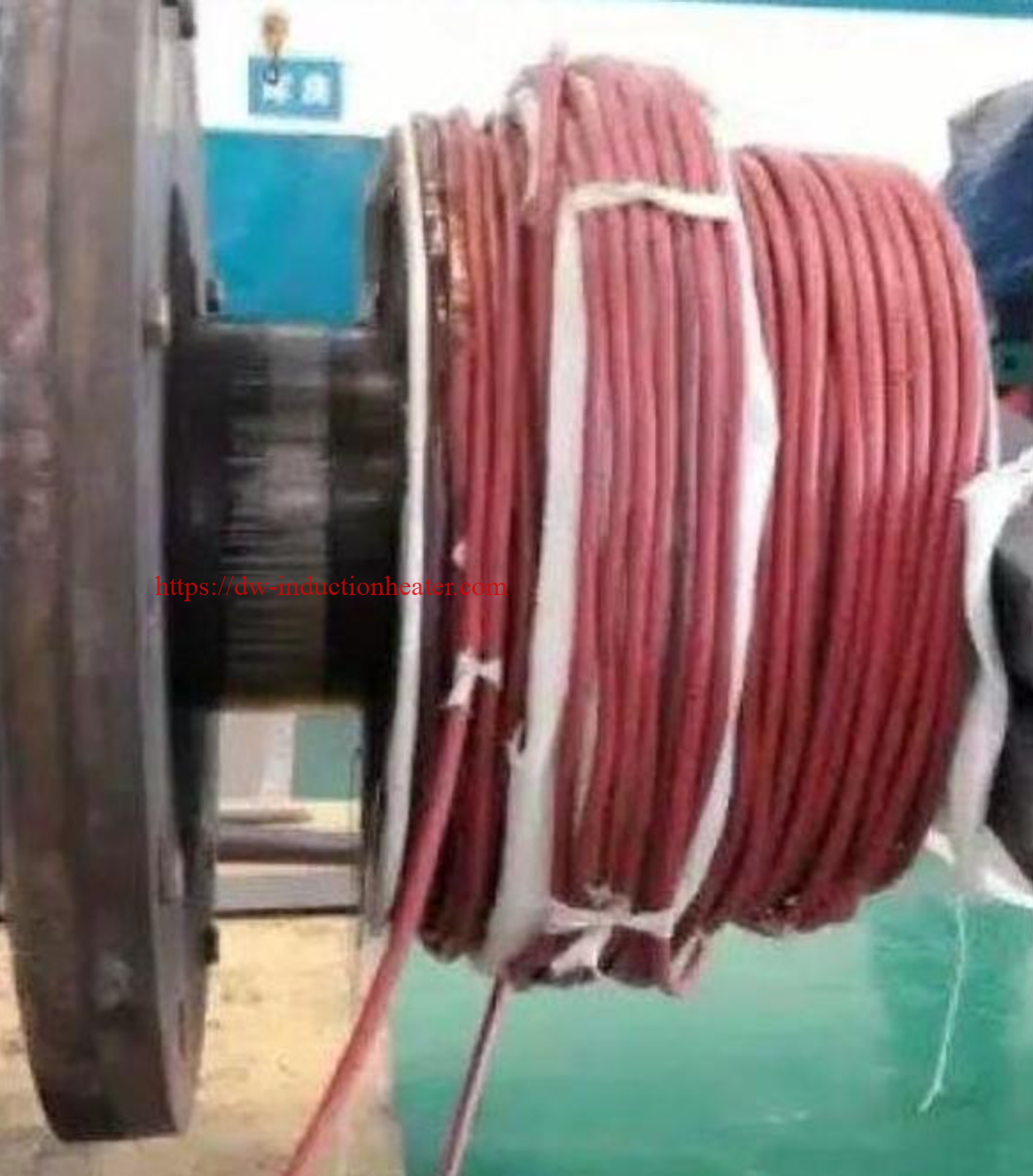
-
3/7

-
4/7
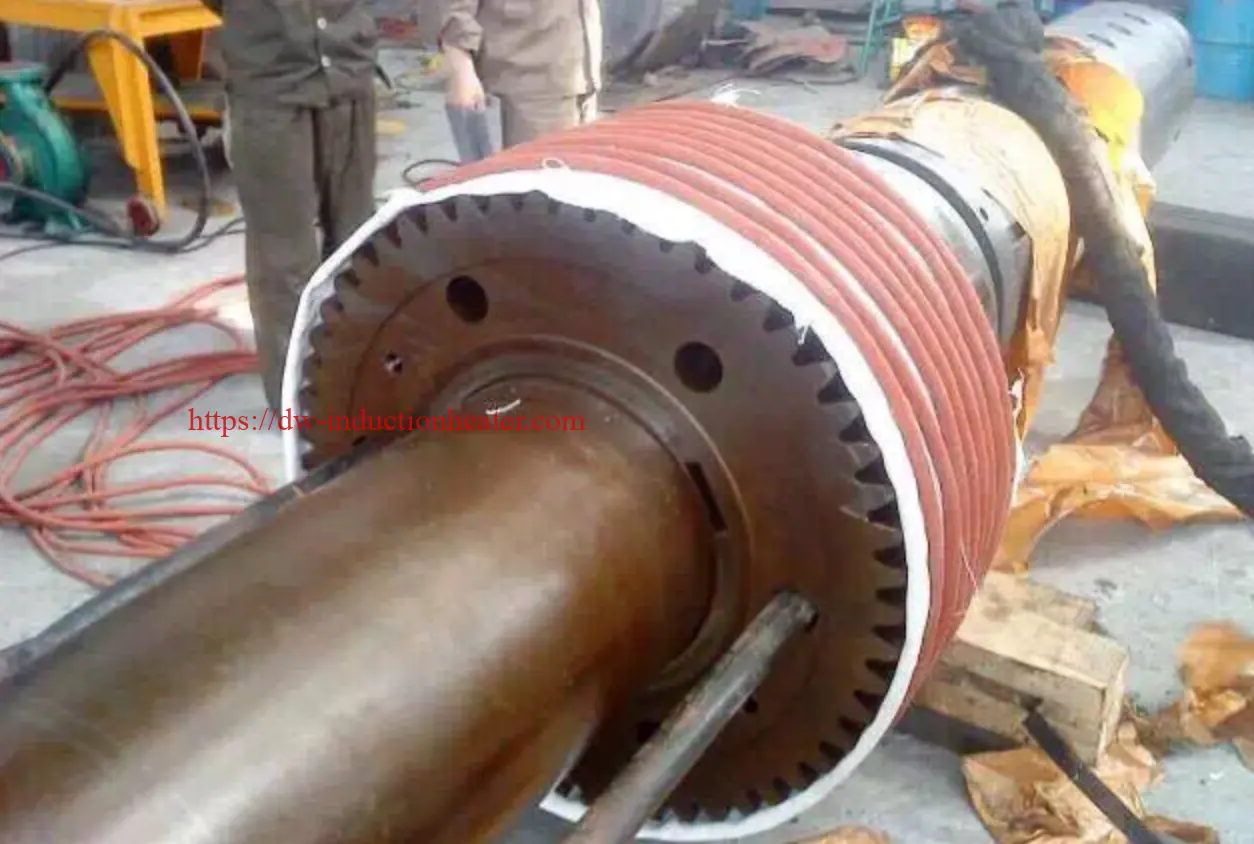
-
5/7

-
6/7

Induction Heating for Disassembly and Assembly large bearings, shaft couplings, propeller hubs and Turbine Bearings in Shipbuilding Industry and Heavy Machinery Maintenance
Induction Heating for Disassembly and Assembly large bearings, shaft couplings, propeller hubs and Turbine Bearings in Shipbuilding Industry and Heavy Machinery Maintenance
Induction heating is a highly effective and advanced method used in the shipbuilding industry and heavy machinery maintenance, particularly for the disassembly and assembly of large components such as bearings, shaft couplings, propeller hubs, and turbine bearings.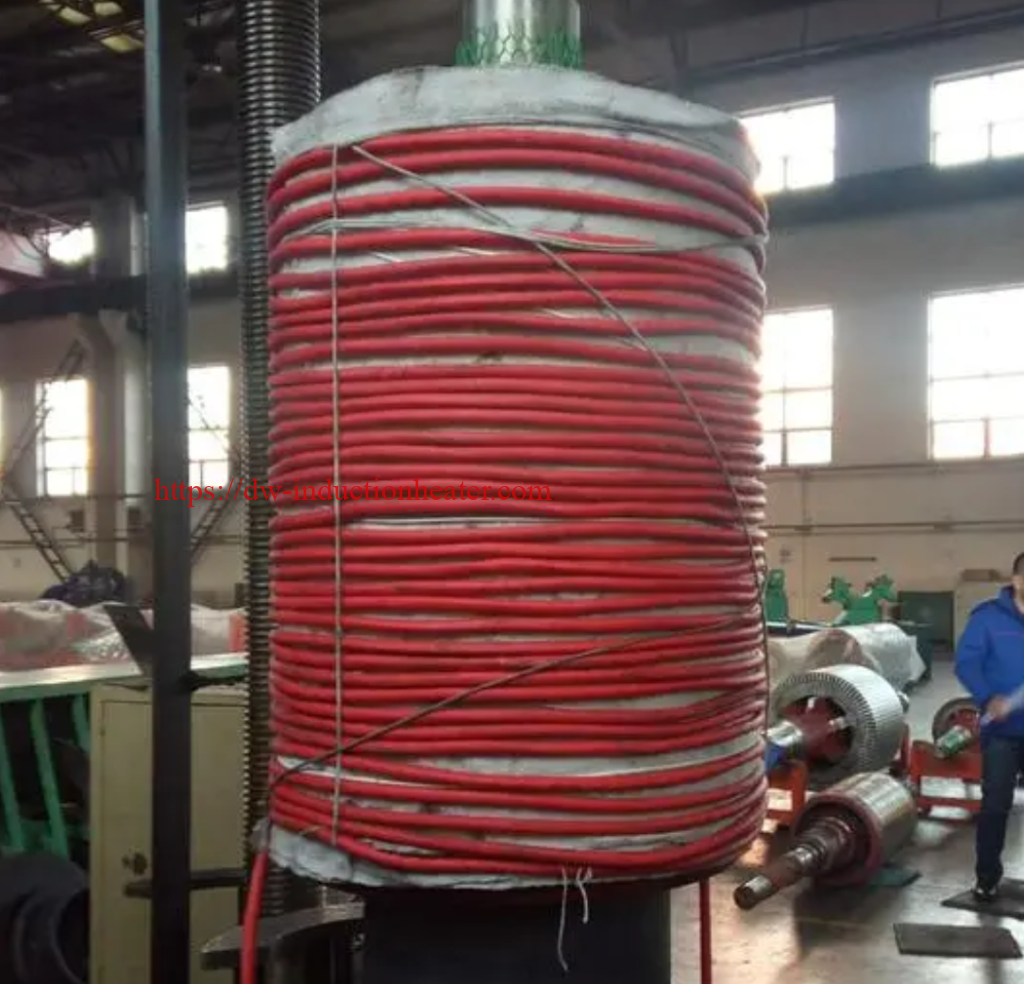
The key applications and benefits tailored to each component:
1.Large Bearings
- Disassembly: Induction heating can be used to expand large bearings by selectively heating them to precise temperatures (usually between 150°C and 250°C). This localized heating allows the bearing to expand, loosening its fit on the shaft without causing damage to nearby components.
- Assembly: For installation, induction heating ensures the bearing expands uniformly, allowing it to fit precisely onto the shaft or housing before cooling and contracting for a secure fit.
- Advantages:
- Precise temperature control avoids overheating, ensuring the bearing’s structural integrity.
- Quick heating (2 to 10 minutes) reduces downtime significantly compared to traditional methods.
2.Shaft Couplings
- Disassembly: Induction heating eliminates the need for forceful mechanical methods by expanding couplings to release them safely and efficiently from shafts.
- Assembly: When installing new couplings, induction heating helps achieve a precise, uniform fit by expanding the coupling for easy mounting. Once cooled, the coupling contracts into place securely.
- Advantages:
3.Propeller Hubs
- Disassembly: Propeller hubs in marine applications are often tightly fitted to propeller shafts. Induction heating enables targeted expansion of the hub for seamless removal with minimal effort.
- Assembly: Heating the hub before installation ensures a secure shrink-fit when cooled, minimizing vibration and maintaining operational reliability.
- Advantages:
- Reduces reliance on traditional methods like torches, which could compromise safety.
- Ensures uniform heating, critical for large or irregularly shaped hubs.
4.Turbine Bearings
- Disassembly: Turbine bearings are critical components in marine and industrial machinery. Induction heating allows safe and easy removal without risking damage to shafts or bearing housings.
- Assembly: By expanding bearings just enough to fit precisely into position, induction heating allows a secure fit while maintaining the alignment and balance crucial for turbine performance.
- Advantages:
- Protects turbine components from heat damage.
- Ensures precision and alignment, essential for machinery operating under high stress.
Applications in Shipbuilding and Heavy Machinery Maintenance
Induction heating technology has emerged as a game-changer across various industries that handle large, high-value rotating and structural components. In shipbuilding and heavy machinery maintenance, induction heating offers a reliable, precise, and time-saving method to disassemble and assemble parts such as large bearings, shaft couplings, propeller hubs, and turbine bearings. This article provides an in-depth look at how induction heating works, why it outperforms traditional methods, and how to implement it safely and efficiently in maritime and heavy industrial applications.
Why Induction Heating?
- Precision
- Only the specific component or joint is heated—adjacent structures remain relatively cool, reducing the risk of warping or damaging surrounding surfaces.
- Time Efficiency
- Rapid heat-up cycles significantly decrease the hours needed for both disassembly and assembly.
- This directly translates to minimized downtime for expensive machinery or vessels.
- Energy Savings
- Induction heating targets the metal itself, minimizing wasted heat energy that would otherwise be lost in ovens or flame-based methods.
- Improved Safety
- Far fewer open flames, heavy mechanical forces, or large hydraulic setups.
- Automated temperature controls and quick cool-down reduce risk of operator injuries.
- Consistent Results
- Programmable induction heaters ensure repeatability, leading to predictable, high-quality disassembly and assembly outcomes.
Disassembly Process Using Induction Heating
- Inspection and Setup
- Clean and visually inspect the part (bearing, hub, or coupling).
- Position induction coil around the ring or region with the interference fit.
- Controlled Heating
- Gradually power the induction heat source, monitoring temperature via infrared sensors or thermocouples.
- Target temperatures typically range from 100 °C up to 200 °C, depending on the component material and design.
- Expansion and Removal
- As the metal expands, the interference fit loosens.
- Use minimal force (e.g., a simple puller or manual push) to remove the part, lowering the chance of damage.
- Post-Disassembly Check
- Inspect shaft surfaces, keyways, or bolt holes for wear, cracking, or pitting.
- Document needed repairs before assembly of new or refurbished components.
Technical Specifications of Air-Cooled Induction Heating Systems
The following table outlines the detailed technical parameters of modern 30-200kW air-cooled induction heating systems designed for heavy industry applications:
| Parameter | Specification | Notes |
|---|---|---|
| Power Rating Range | 20-200 kW | Scalable based on application requirements |
| Input Voltage | 380V/400V/415V | 3-phase, 50/60Hz compatibility |
| Operating Frequency | 10-30 kHz | Optimized for large component penetration |
| Maximum Temperature | Up to 600°C | Sufficient for most shrink-fit applications |
| Heating Efficiency | ≥85% | Superior to conventional heating methods |
| Cooling System | Air-cooled | No external water connections required |
| Air Flow Requirement | 15-40 m³/h | Varies by power rating |
| Control Interface | PLC-based touchscreen | Programmable heating cycles |
| Temperature Control | ±5°C accuracy | Precision temperature monitoring |
| Duty Cycle | 100% @ rated power | Continuous operation capability |
| Protection Class | IP54 | Suitable for industrial environments |
| Heating Coil Options | Flexible and fixed designs | Application-specific configurations |
| Safety Features | Overheating protection, current limiting | Comprehensive safety systems |
 Performance Analysis: Heating Capacity and Efficiency
Performance Analysis: Heating Capacity and Efficiency
The performance of air-cooled induction heating systems varies based on component size, material composition, and target temperatures. The following data demonstrates typical performance metrics:
| Component Type | Weight Range (kg) | Target Temp (°C) | Heating Time (min) | Power Setting (kW) |
|---|---|---|---|---|
| Large Bearings | 50-300 | 120-150 | 3-12 | 30-75 |
| Shaft Couplings | 100-500 | 150-250 | 8-20 | 50-120 |
| Propeller Hubs | 500-2000 | 150-300 | 15-45 | 100-200 |
| Turbine Bearings | 200-800 | 120-200 | 10-30 | 75-150 |
Heating Capacity Analysis
Modern 30-200kW systems demonstrate impressive heating capacities ranging from 1.5 to 2.5 tons per hour, depending on material properties and target temperatures. This represents a 40-60% improvement over older heating technologies.
Energy Efficiency Comparison
When comparing energy consumption across heating methods for identical applications, induction heating demonstrates clear advantages:
| Heating Method | Energy Consumption (kWh) | Relative Efficiency | CO₂ Emissions (kg) |
|---|---|---|---|
| Induction Heating | 100 | 100% (baseline) | 40 |
| Gas Torch | 180 | 56% | 98 |
| Oil Bath | 230 | 43% | 92 |
| Electric Oven | 260 | 38% | 104 |
Assembly (Shrink-Fit) Process Using Induction Heating
- Surface Preparation
- Ensure mating surfaces (shaft, coupling, or housing bores) are clean, free of burrs, corrosion, and debris.
- Verify dimensional tolerances.
- Induction Heating
- Place the coil around the inner ring (for bearings) or around the coupling/hub.
- Heat to the recommended shrink-fit temperature—often between 80 °C and 130 °C.
- Swift Alignment and Installation
- Once sufficiently expanded, install the part onto the shaft or housing.
- Proper alignment is crucial to avoid rotor imbalance or premature wear.
- Cooling and Final Checks
- Allow the component to cool under ambient conditions or with forced-air assistance.
- Confirm a secure, tight fit once the metal contracts.
- Lubricate as manufacturer advises and perform final alignment inspections.
Best Practices and Safety Considerations
- OEM Guidelines
- Overheating can degrade metallurgical properties; always adhere to manufacturer-recommended limits.
- Operator Training
- Teach technicians correct coil placement, temperature control, and emergency shutoff procedures.
- Personal Protective Equipment (PPE)
- Goggles or face shields, heat-resistant gloves, and protective clothing help mitigate burn risks.
- Workspace Readiness
- Keep flammable materials away from heated zones.
- Ensure safe handling areas for hot components as they cool.
- Maintain Equipment
- Regularly inspect induction coils, power cables, and coolant supply systems.
Real-World Case Studies
Ship Propeller Hub Overhaul
- Scenario: A bulk carrier’s propeller hub needed removal to access worn seals and bearings.
- Challenge: Traditional flame heating risked warping the propeller shaft, while hydraulic jacks posed high mechanical stress.
- Solution: A 25 kW induction heater was used to uniformly heat the hub to 120 °C, allowing removal with minimal force. The shipyard completed repairs 40% faster than the previous flame-based approach.
Turbine Bearing Replacement in Power Generation
- Scenario: A steam turbine required periodic bearing replacement during a planned outage.
- Challenge: Oven heating and mechanical pulling would significantly extend downtime, costing the plant in lost power generation.
- Solution: Induction heating quickly expanded each bearing ring so it could be slid off the turbine shaft with ease. The downtime was cut by two days, saving an estimated six-figure sum in operational costs.

Conclusion
By harnessing induction heating for the disassembly and assembly of large bearings, shaft couplings, propeller hubs, and turbine bearings, shipyards and heavy machinery maintenance teams avoid many drawbacks of traditional methods. Rapid, predictable, and localized heating improves quality, lowers the chance of damage, and drastically shortens repair timelines—all critical factors in industries where equipment availability and reliability translate directly to bottom-line economics.
Adopting tailored induction solutions and following best practices will maximize the benefits of this technology, transforming complex maintenance jobs into smoother, safer, and more cost-effective operations.

